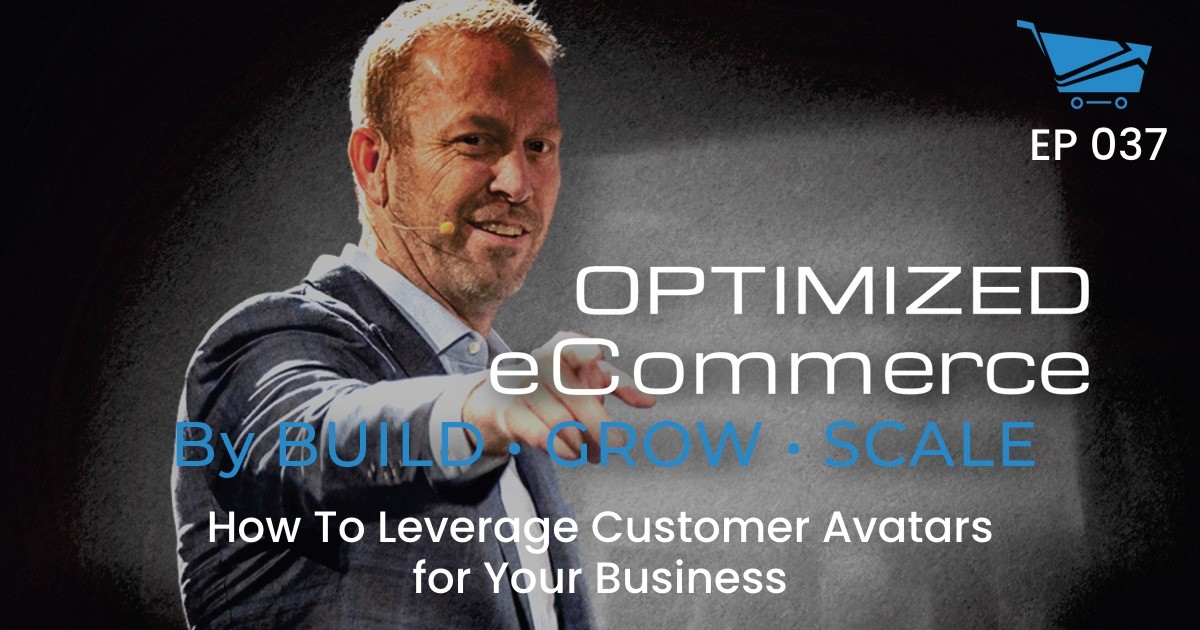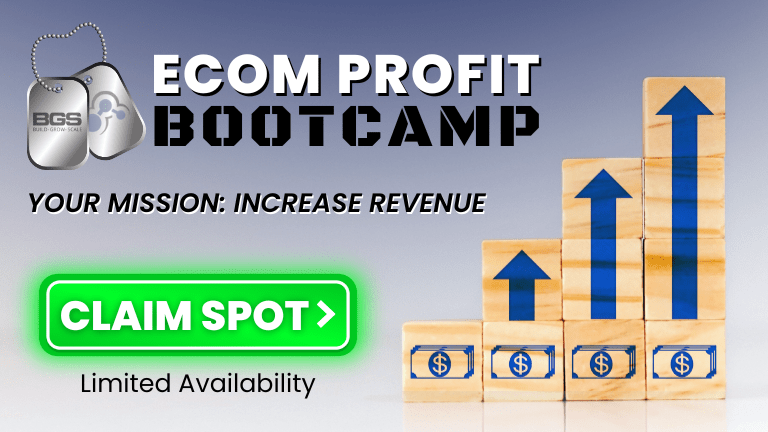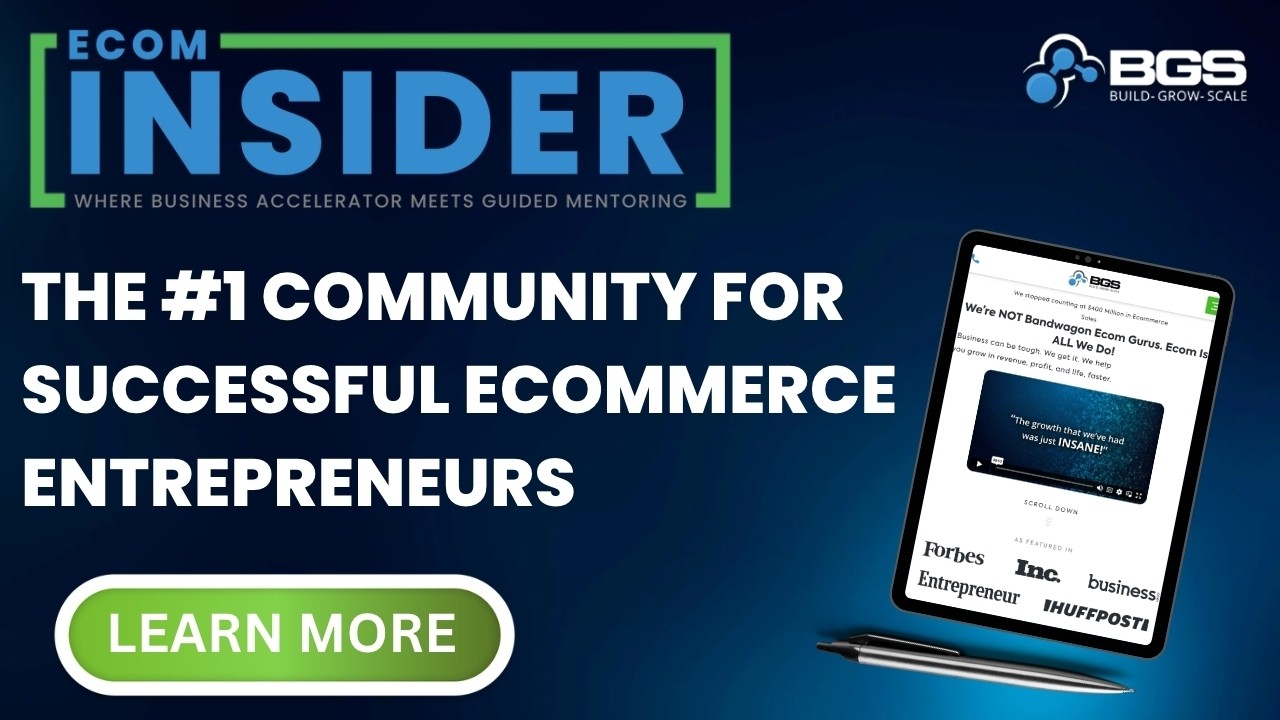Optimized Ecommerce EP 037 – How To Leverage Customer Avatars for Your Business

Welcome to Episode 037 of Optimized Ecommerce – How To Leverage Customer Avatars for Your Business. I’m your host, Tanner Larsson, CEO of BGS.
BGS means Build Grow Scale! It is a community that we founded where eCommerce entrepreneurs and physical product sellers come to learn how to take their businesses to the next level.
Joseph Liu has been with the Build Grow Scale for over two years now. He is one of our Revenue Optimization Experts who work in our amplified partner program as well as our amplified stores, doing all the optimizations and helping the stores grow.
Joseph also works with the BGS ads team, helping with the information side of the business as well.
Here’s just a taste of what we talked about today:
Joseph discussed what a customer avatar is and the reasons why businesses should have one.
A customer avatar is very important for business because this is where they get a very detailed, all-encompassing snapshot of their ideal target audience. In marketing, there is this quote that is often passed around.
“If you’re speaking to everyone, you’re speaking to no one.”
If you’d ask somebody in the eCommerce space, “What’s your customer avatar?”
They would say, “Working moms with two kids.”
That’s not enough and all that is just a customer profile. With a customer avatar, businesses have to identify their goals, their value, and their actual demographics. How do they feel about what they always talk about? What do they feel about certain solutions to their problem? All these will help a business get a clear picture of who they are trying to sell to.
Joseph also shared the different components that make up the customer avatar.
One of the components of the customer avatar is demographics. This includes information about the customer’s gender, product suitability, age range, product pricing, race, nationality, religion, income level, occupation, relationship level.
The next component is identifying the customer’s common pain points. What are people talking about when it comes to what you’re trying to sell? How do they feel and how do they think?.
We also discussed a few other fun topics, including:
- How to put the different components together and create a customer avatar?
- The number one mistake that people make when it comes to customer avatars.
- Next essential steps to do once the customer avatar is all written out.
But you’ll have to watch or listen to the episode to hear about those!
How To Stay Connected With Joseph Liu
Want to stay connected with Joseph? Please check out their social profiles below.
- LinkedIn: LinkedIn.com/in/joe-liu
Resources
Also, Joseph mentioned the following items on the show. You can find that on:
- 7 Things To Do If You Don’t Have Enough Traffic to A/B Test by Taylor Malahoff




